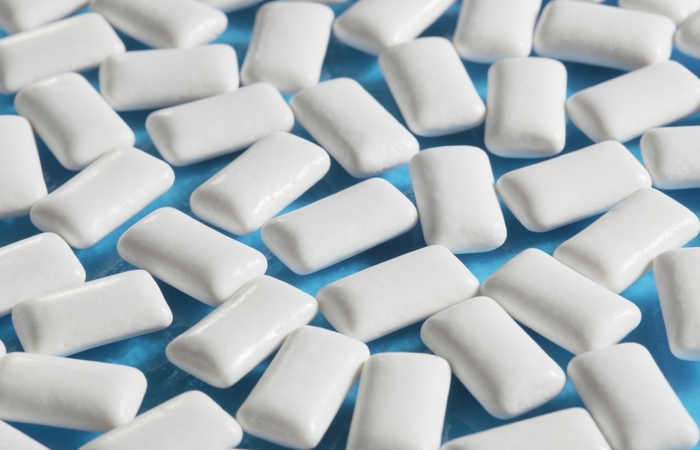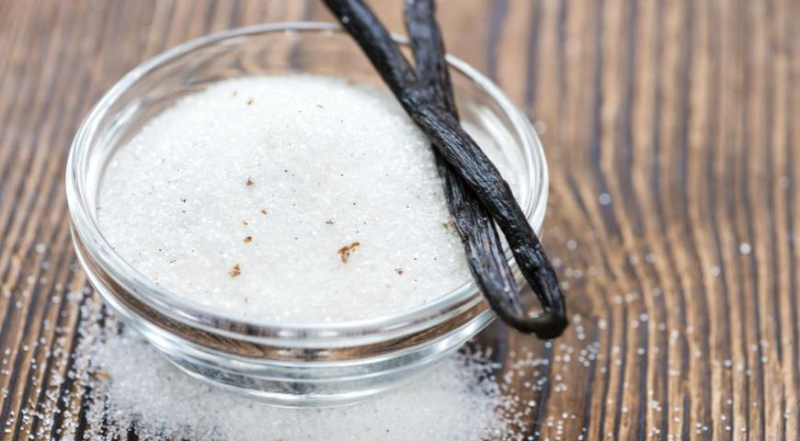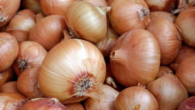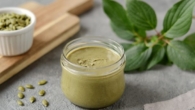
These 5 Foods We Eat Every Day Are Made From Oil
0
They make everything from oil — fuel, engine oil, cars, computers, clothes, and cosmetics. They also add oil to the food we eat every day — we tell you why.
No normal person would want to swallow something inedible, especially oil. But in fact, oil is one of the most versatile products found on earth, consisting of many hydrocarbon chains. Thanks to the chemical industry, oil is able to be modified in such a way that it easily enters our bodies. There is nothing good about this, so it is important to know which foods to avoid if you do not want to ingest derivatives of fuel fluid.
1. Chewing gum
Surprisingly, chewing gum, which is supposed to freshen breath and take care of oral health, is made from petroleum products! After all, children love chewing gum so much. The “chewing” base of chewing gum is petroleum polymer resins, polyethylene and paraffin. And the aromatic and flavoring composition of chewing gum is responsible for dyes and flavors, which are most often made from the same oil. By the way, chewing gum does not undergo biochemical decomposition, and therefore harms not only the human body, but also the environment.
When buying chewing gum for your child, remember that it is made from petroleum
2. Candies and lollipops
Another favorite type of food not only for children, but also for adults is sweets, lollipops, marmalade, etc. Bright, colorful, with rich flavors – have you ever thought that such colors are quite rare in nature? Many dyes and preservatives allowed for use in the food industry are artificial and have a synthetic basis. For example, the dye E129 called red magic AC or the preservative E211 sodium benzoate. You can also find petroleum under the name edible paraffin in some chocolates.
3. Products with vanilla flavor
Also, oil refining products are used to make vanillin – a flavoring with a rich aroma, which we associate exclusively with pleasure and tenderness. Appetizing cakes and pastries with vanilla cream, morning vanilla latte and vanilla ice cream – all of them are most likely prepared using vanillin. Which, in turn, is made from the aromatic hydrocarbon benzene. In large doses, vanillin can be poisonous, so a safe daily intake of 10 mg/kg/day has been established: for example, a person weighing 70 kg can eat up to 700 mg of vanillin per day, which is physically impossible. By the way, benzene is also used to make the artificial sweetener saccharin.

4. Chips and salty snacks
In the middle of the 20th century, American scientists developed a superfood – synthetic fat olestrawith zero calories, which became a dietary alternative to vegetable and animal fats. Manufacturers have begun to add it to chips and other snack foods that are usually fattening. Only olestra is made from mineral oil made from petroleum, so it does not go rancid. Due to the special structure of molecules, human digestive enzymes are unable to break down this synthetic fat, and it is excreted from the body practically unchanged. True, sometimes it settles in the intestines, where it accumulates and provokes inflammation and the development of various diseases. It also interferes with the assimilation of some useful substances, for example, beta-carotene and fat-soluble vitamins. But inventive manufacturers now add vitamins A, D, E and K to products with olestra – and write on the product label about its increased benefits. In some countries, the use of this synthetic fat is prohibited.
5. Aspirin
And the last substance, which is not a food product, but which we use quite often, is acetylsalicylic acid. Surprisingly, these medicines are also made from oil. Scientists learned to produce salicylic acid from phenol back in 1874, and since then, not only aspirin, but also many antibiotics and antiseptics are made according to this principle. The case when oil kills everything in its way in our body, and we are glad. Laxatives are also made from petroleum products.










Leave a Reply